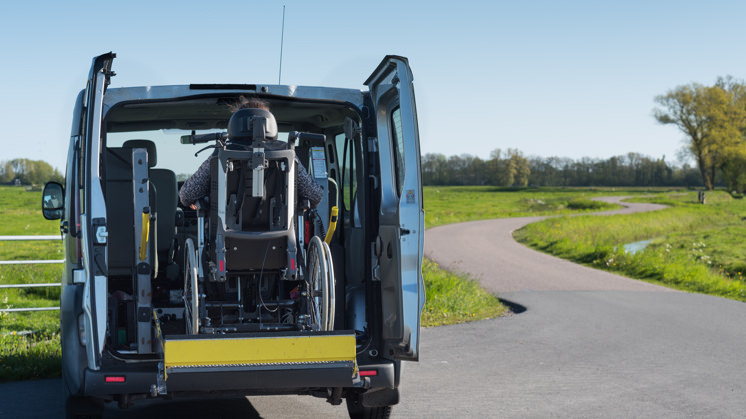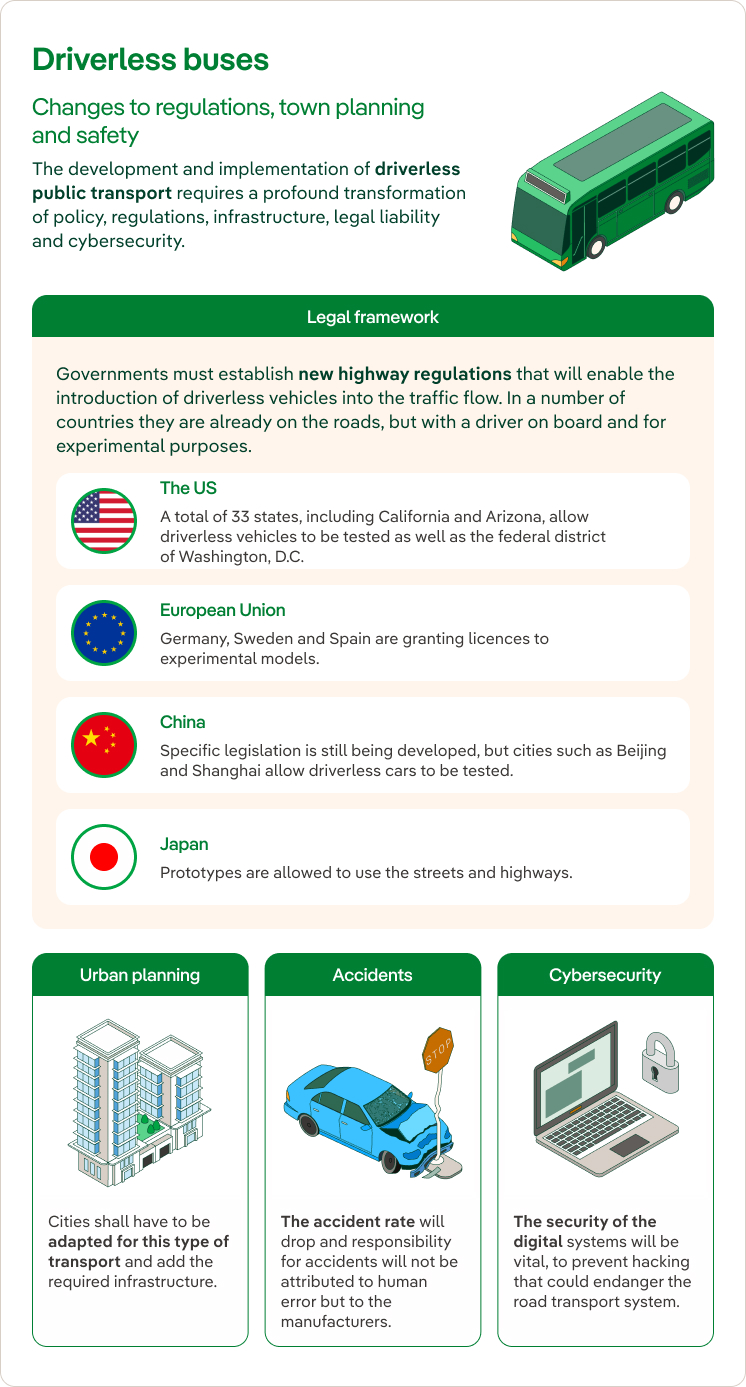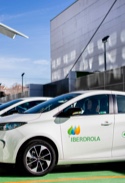Driverless vehicles for disabled
Driverless vehicles: the future of transport for the disabled?
Social action Transport Sustainable mobility Electric mobility
According to the UN approximately 16% of the world's population, namely around 1.3 billion people, suffer from some form of disability. This figure will only increase due to demographic growth and the ageing population, a fact confirmed by the World Health Organisation (WHO) in its 'World Disability Report'. The transport industry is working hard to ensure their mobility is not a further limitation.

What is a driverless or smart vehicle?
The most innovative production vehicles are already equipped with Internet access and a wireless connection to a LAN or satellite network. This means that the driver can access useful information in real time — traffic conditions, automatic accident notifications, GPS, weather forecasts, etc. — and interact with the vehicle remotely — to unlock it, locate it or activate the climate control system, to give but a few examples —. This is possible thanks to Edge Computing that allows processing all the information in the environment.
The UK recently passed the Automated Vehicles Act, which will allow self-driving vehicles on the streets and roads by 2026. These vehicles, which are also known as smart, robotic or autonomous, are capable of perceiving their surroundings and moving around without the need for human intervention.
The new generation of mobile telephony (5G) would appear to be the solution to the communication problems suffered by driverless cars: safe, fast message delivery, bandwidth, reduced latency and the ability to connect different devices.
How do driverless vehicles for the disabled work?
In the USA only 21.3% of disabled people of working age have a job. The Ruderman Family Foundation is convinced that two million disabled US citizens could find work if they had access to a means of transport adapted to their needs.
The automotive industry already offers different alternatives for the disabled:
- Accessible vehicles fitted with a telescopic or folding ramp, lifting platform or tilting lowered floor to make it possible to get in and out in a wheelchair are now commonplace.
- So-called transfer systems make it possible for disabled people to occupy the driver's seat: the turny enables the car seat to rotate to help them get in and the carony slides the seat of the wheelchair into the driver's compartment on guide rails.
- In order to make driving easier, disabled people are provided with hand and remote controls, and voice response systems for activating basic functions such as the indicators, lights and windscreen wipers.
- Visual interfaces that project the dashboard display on the windscreen have been developed for drivers with hearing problems.
- Countries such as Spain have also implemented training programmes with specialised support and adapted materials for people with intellectual disabilities who want to obtain a driving licence.
Europe commits to driverless buses
Driverless capabilities cannot be limited to private vehicles as both cities and highways are struggling to cope with a huge increase in traffic density. The solution? Driverless public transport.

Europe is moving towards this type of transport, the sustainable mobility option of the future. Stockholm (Sweden) introduced a prototype driverless shuttle bus which, since then, has been sharing the roads and streets with pedestrians, cyclists and other vehicles. It travels at a top speed of 24 km/h and is fitted with access ramps for people with mobility problems.
The driverless bus has also made its presence known in Spain. Last April a smart vehicle was tested in Talavera de la Reina (in the province of Toledo), where it covered a full route while offering its passengers multimedia content and digital services. Later, in 2020, Madrid launched its own self-driving bus on the campus of the Autonomous University of Madrid (UAM), with the capacity of up to twelve passengers. However, after an accident when the vehicle braked suddenly causing a car to crash into it, its service has operated intermittently.
Recently, in 2023, the autonomous community of Asturias launched its own self-driving bus, which connects the Technology Park of Asturias with the Lugo de Llanera train station. Its goal is to offer a sustainable transport alternative to 2,500 workers from 120 companies in the industrial area. The bus runs from 7:30 a.m. to 4:30 p.m.
Norway and France have also opted to incorporate autonomous buses in some areas of the country. In both cases they were implemented in rural areas to connect them to cities or to cope with challenges such as mountainous terrain or adverse weather conditions.
Asia hasn’t wanted to be left behind. Japan brought self-driving buses to rural areas with poor public transport. China developed the "Panda AI Bus", its first autonomous city bus and has also rolled out smaller self-driving buses.
A number of companies have developed connected urban transport solutions designed to monitor public bus services. The aim is to automate the management and maintenance of this service and to provide cities with more effective road traffic control tools.
The next few years will see numerous advances. One example of this is a smart window prototype that enables blind passengers to "see" the passing landscape by touch. The system photographs the surroundings and converts them in to a series of grayscale images that vibrate at different intensities that, when touched, allow the person to visualise and reconstruct the scene in their mind.
However, it clearly goes without saying that the technological revolution with respect to transport for the disabled is still very much in its infancy.

Sustainable mobility
Iberdrola reinforces its strategy through its Sustainable Mobility Plan.

What is electric mobility?
Discover what electric mobility is, its history, its contribution to the energy transition, how it works and much more.

The self-driving car
The self-driving car developed by Google doesn't need the Internet to travel safely on the road.

Diversity and inclusion
Iberdrola has been carrying out strategic actions to ensure diversity and inclusion for its workers, customers and suppliers.




